Herculaneum (Ercolano) was an ancient town, destroyed by the volcanic eruption of Mount Vesuvius in AD79, which also claimed Herculaneum’s more famous neighbour – Pompeii.
Like Pompeii, Herculaneum has been preserved, more or less in tact and is a fascinating place to visit to step back in history. The UNESCO World Heritage Site is definitely worth visiting – you can cover most of it in half a day and a lot of the murals, houses and streets are better preserved than in Pompeii.
Contents
- Contents
- History of Herculaneum
- How to get to Herculaneum
- Herculaneum Site Information
- What to see at Herculaneum
- Which is better: Herculaneum or Pompeii?
History of Herculaneum
Like Pompeii, Herculaneum is famous as one of the few ancient cities to be preserved by the thick layer of ash that blanketed it from the explosion and protected it from the elements, and time itself. The material that covered Herculaneum also carbonised and so preserved wood in objects such as roofs, beds, doors and papyrus.
The city was then rediscovered in the 1700s, and unfortunately the early digs were completed by treasure hunters who removed many artefacts without authorisation. Regular excavations began in 1738, and have continued ever since. Today, only part of the ancient site has been excavated and in many ways I found it to be much better preserved than Pompeii. This is because Herculaneum was a wealthier town, so there was far more lavish use of coloured marble and luxurious murals which are beautiful to visit.
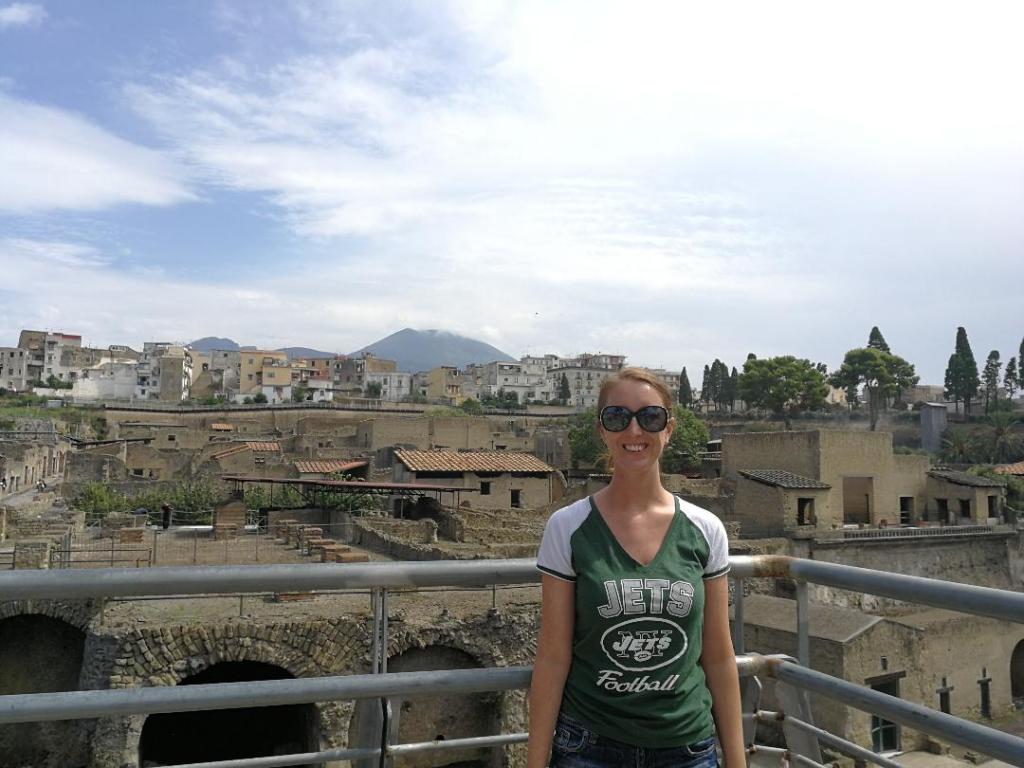
How to get to Herculaneum
Getting to Herculaneum is easy from the nearby towns of Naples or Sorrento. The easiest and fastest option is to take the Circumvesuviana train from either town to the stop Ercolano, which takes about 30 minutes. It’s then a short downhill walk to the site.
If you are visiting from Rome, you would have to get the fast train in to Naples first, with the full journey to Herculaneum taking around 2.5 hours.
You can also drive to Herculaneum if you have a car available, and there is an underground car park at the site which costs only 2 Euros per hour. Compared to driving in some parts of Italy, it’s a fairly easy drive.
Herculaneum Site Information
Herculaneum is a relatively small site and you can easily walk around it in a couple of hours. The entrance fee to the site is 11 Euros and it opens at 8.30am. In the summer months it stays open until 7.30pm, so there is plenty of time to fit in a visit. At the entrance, maps and guides in various languages are available, so there is no need for a guided tour given you can follow it yourself and follow the map round.
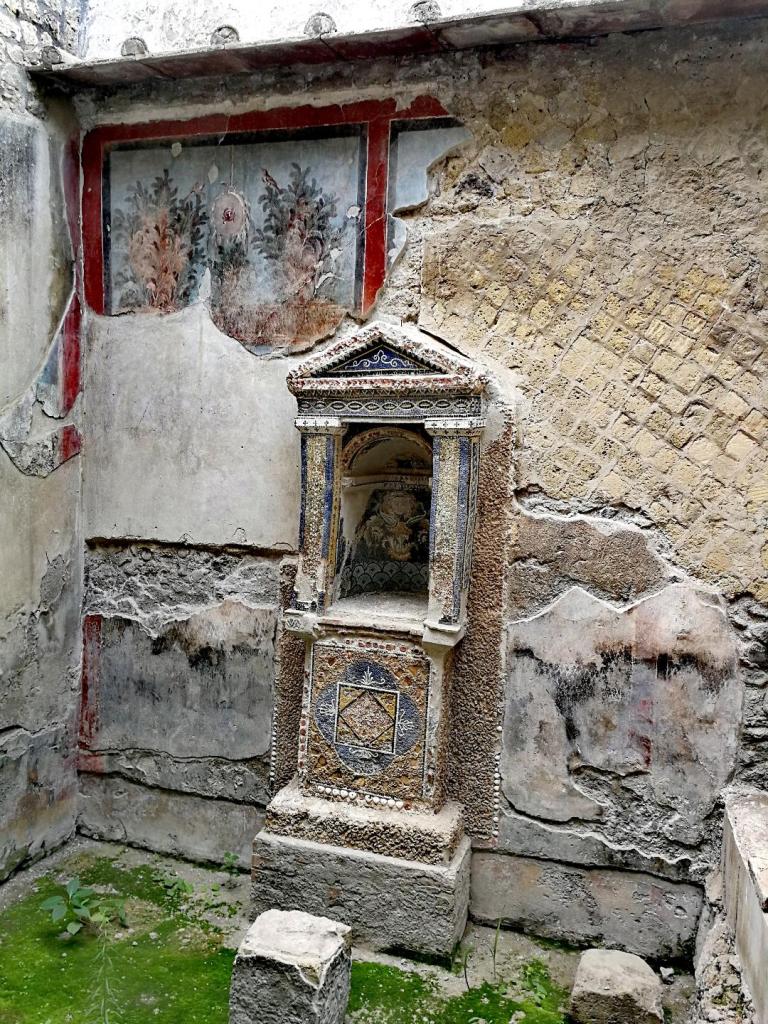

What to see at Herculaneum
There are lots of beautiful things to see at Herculaneum, but here are my 5 favourite:
House of the Neptune Mosaic
Named for the well-preserved, vivid, glass wall mosaic of Neptune and Amphitrite, this house also has a courtyard with a Nymphaeum, a grotto-like alcove with a fountain.
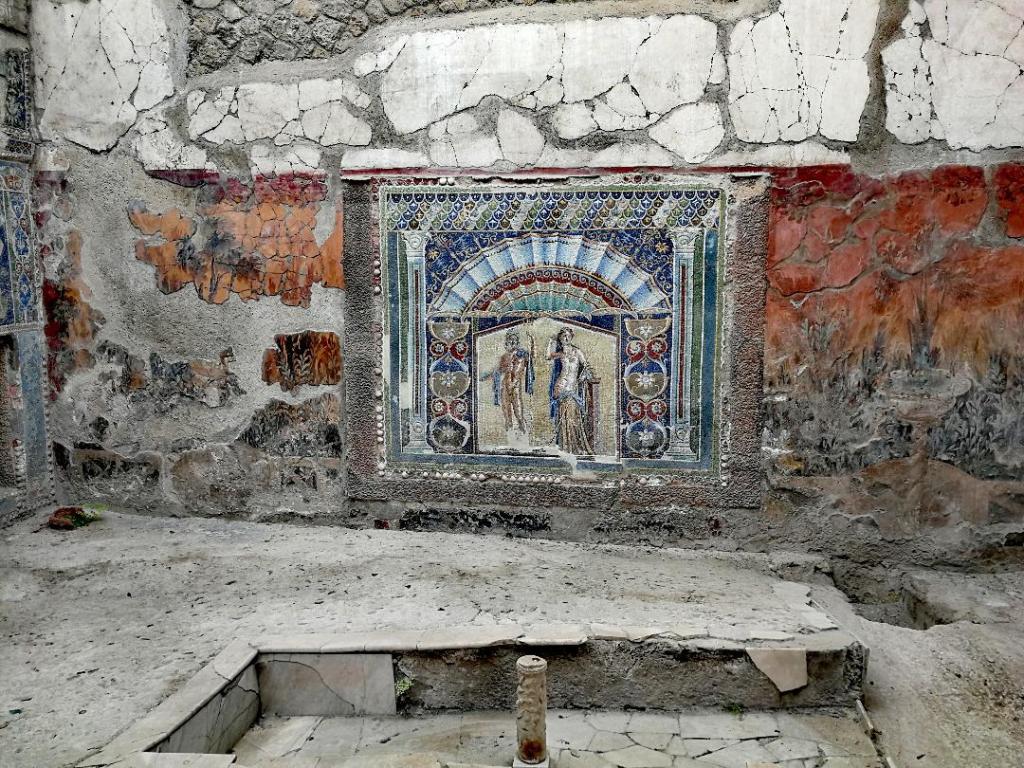
House of the Relief of Telphas
It’s not every day you get to stand in a house built between 27 BC and 14 AD! This three-story home was decorated with a number of sculptures, including one of Telephus, son of founder of the city, Hercules. The atrium is lined with columns supporting the upper floor, which I thought were particularly jazzy.
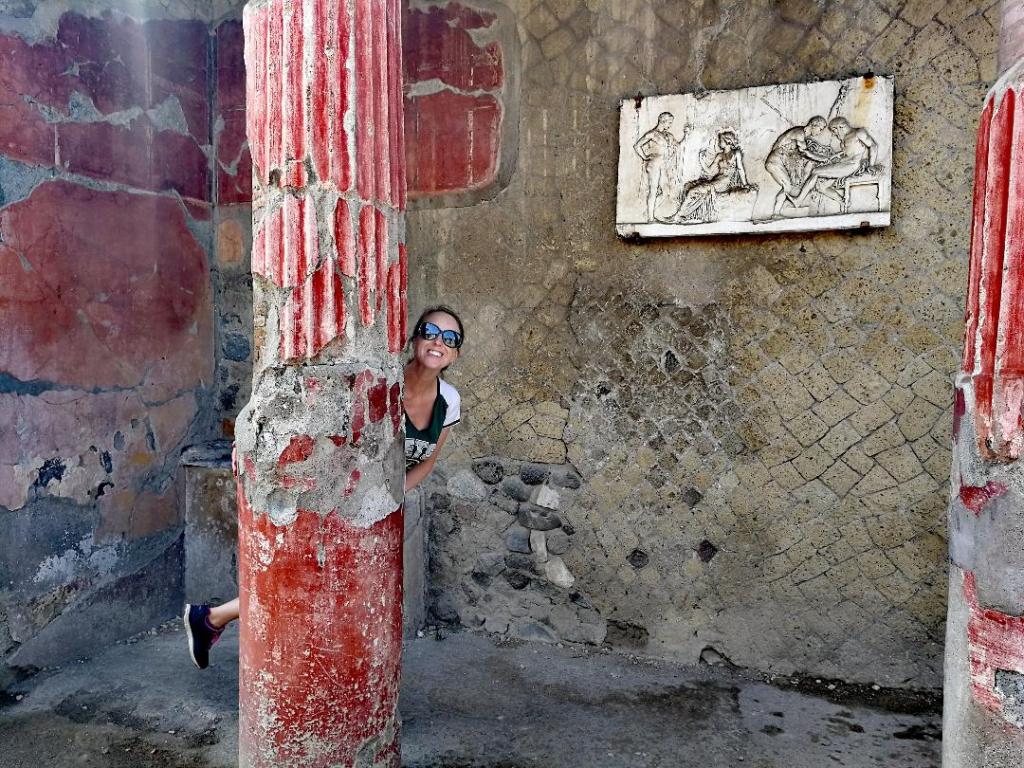
Hall of the Augustals
This hall was the seat to the College of the Augustales, free men who were devotees of the cult of the Emperor Augustus. The highlights are two beautiful frescoes – one with a depiction of Hercules entering Mount Olympus accompanied by Jupiter, Juno, and Minerva, and another depicting Hercules wrestling Achelous. Interestingly, the skeleton of the building’s custodian was found laid out on his bed.
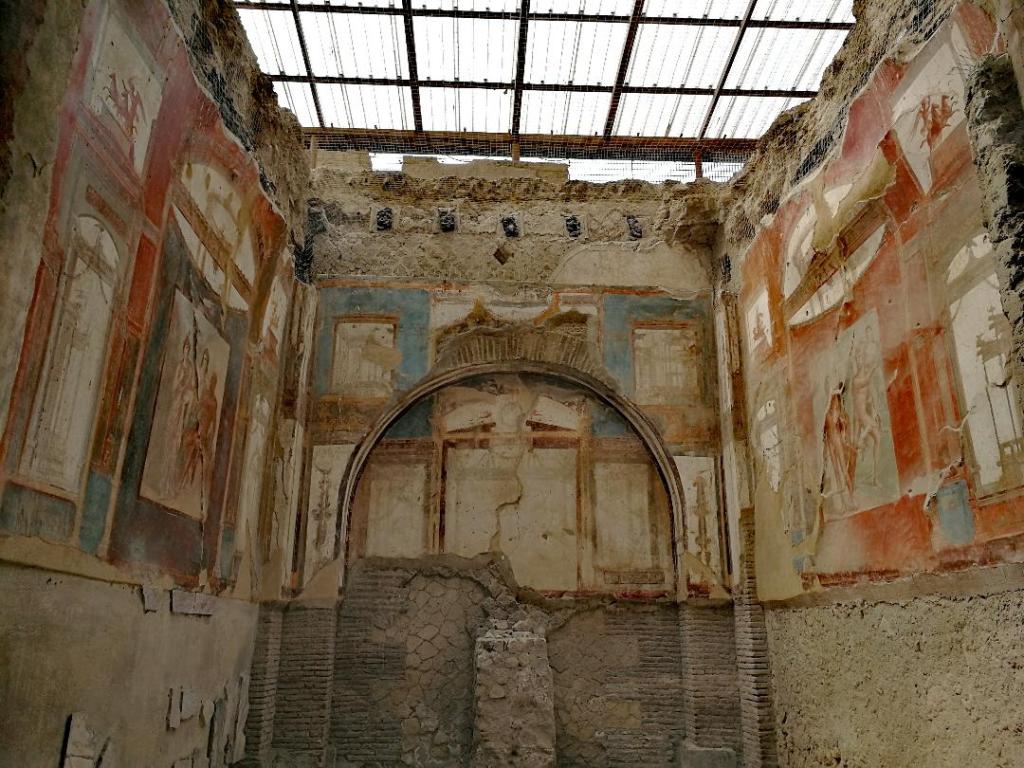
The Food Bars
One of my favourite things in Herculaneum was the really well preserved food bars. From here, food and drink would have been served to people, like a modern day restaurant or shop.
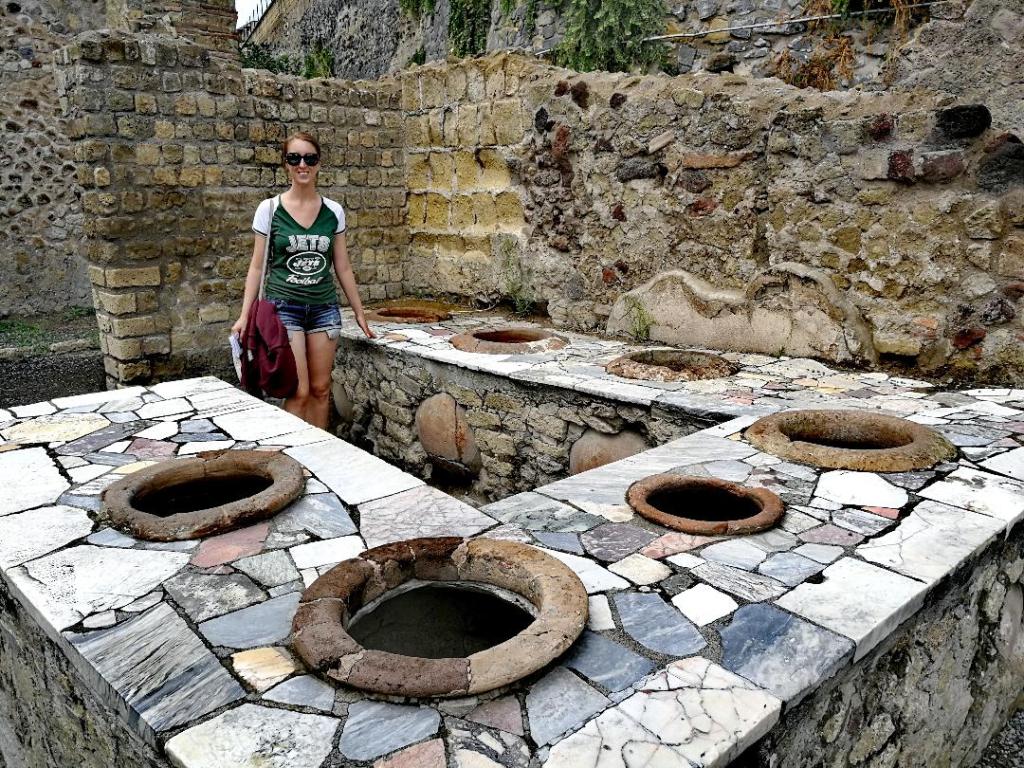
Roman Baths
These are well-preserved thermal baths, and there were separate ones for men and women. The water was fed via a deep well which was heated by a furnace. It’s amazing how well preserved the mosaic floors were.

Which is better: Herculaneum or Pompeii?
The easy answer is that if you have time – do both! Spend a day in Pompeii and then a half day in Herculaneum. However, if you only have one day there is no way you want to try and do both – you will have site fatigue and may as well do one properly, rather than rush around both and not appreciate it. Which one I think depends on your interests.
- Much bigger site, with more things to see
- More famous
- Can easily spend a day there
- If you’re a real historian with an interest in a the Roman era, then visiting Pompeii is a must
Herculaneum Benefits:
- Smaller, more manageable site where you can see everything
- Only need half a day there
- Much better preserved
- WAY less people
- If you want to get a feel for what ancient Rome was like, without spending a whole day or dealing with the crowds, with better photos, then Herculaneum is probably the option for you.
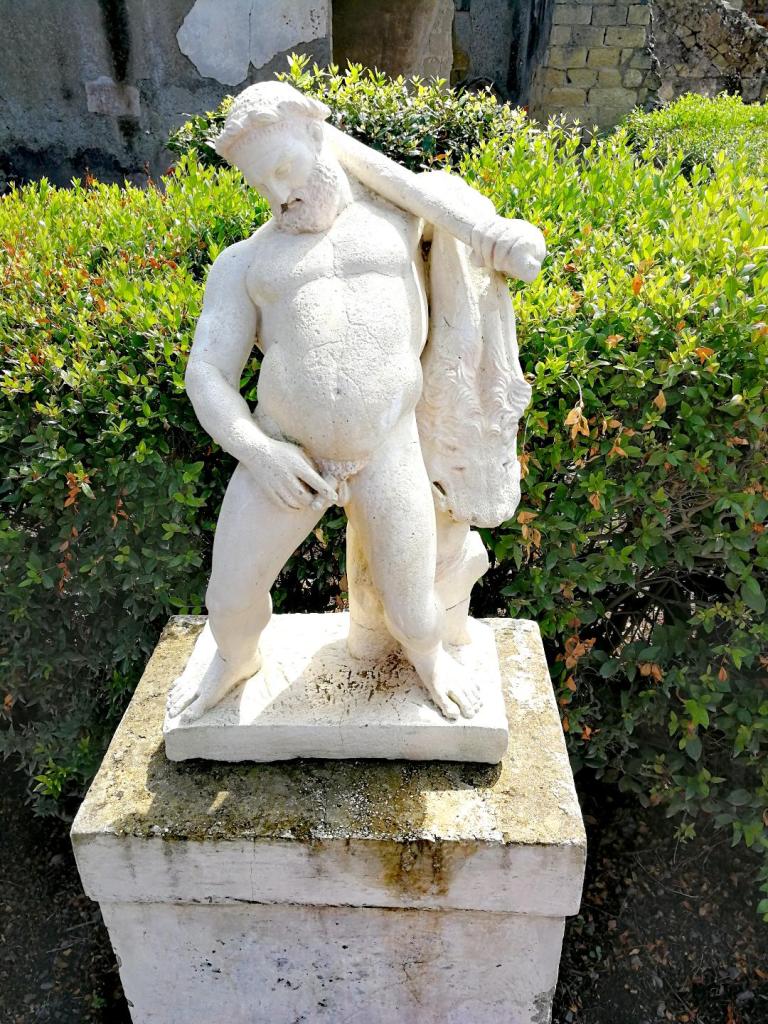
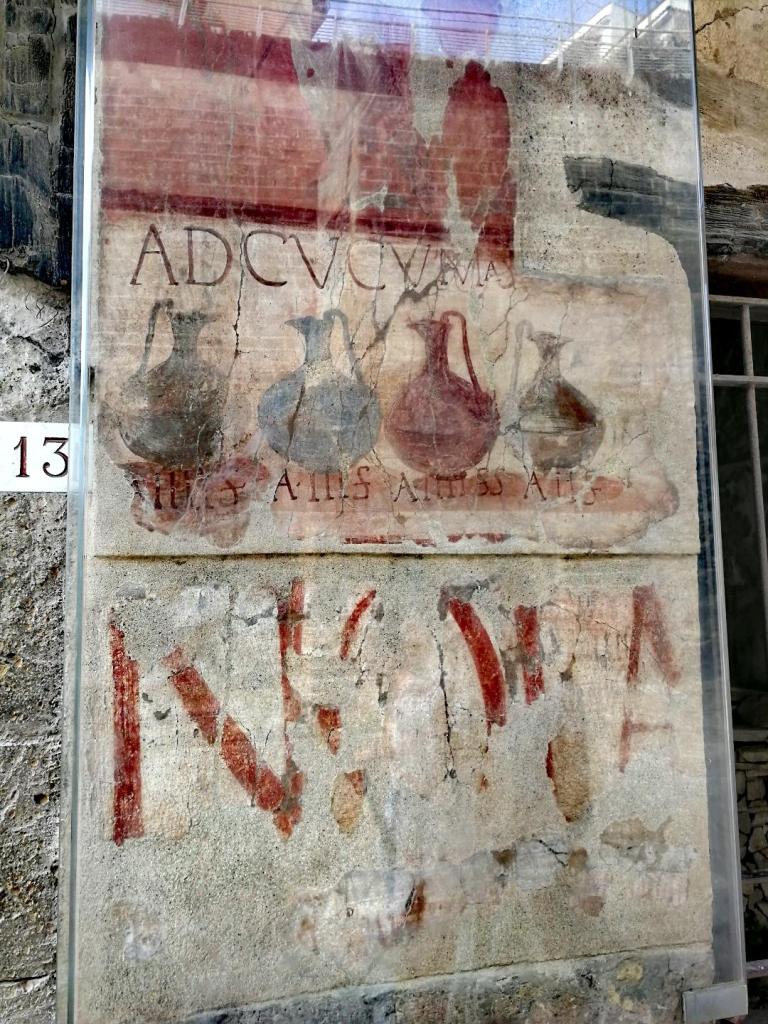
Thank you for reading. I hope you found this post helpful if you’re planning a visit to Italy, or are just interested to learn about such an historic site. Stay safe and happy travelling!

Leave a comment